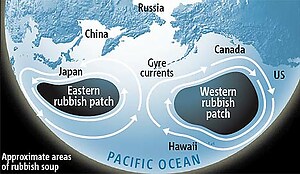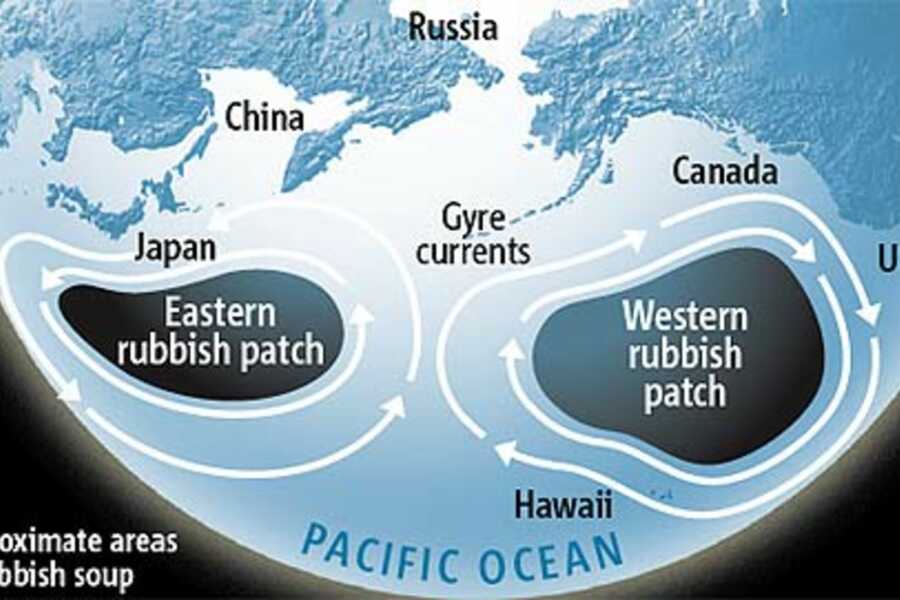I've heard about plastic soups floating in the ocean for many times now. Since last month, my roommates and I have started separating waste as much as we can to contribute to a more sustainable world. Earlier, we would occasionally find a small glass jar in the garbage bag, accompanied by paper, plastic and sometimes even a battery. Now, we separate plastics, paper, glass, batteries and more. To see what kind of impact this has, and how recycling exactly goes in our current society, I wanted to research the subject.
The role of recycling is far more important than most people realize. It plays a large role in preserving our environment and therefore is connected to sustainability. Recycling can even be seen as the most important part of a sustainable lifestyle. Instead of throwing away valuable materials , recycling can recover these materials to reuse them. This means using materials that have already been extracted from the earth, instead of extracting more of these materials. Simply put, this greatly reduces the need of extracting more of these materials to meet consumption demands. To be sustainable and avoid depletion of these materials, the rate of extraction must be equal to, or lower than the natural replenish rate.
There is a drawback however. Products made from recycled materials are often of lesser quality than the object for which the material was previously used. This is called down cycling. A good example can be seen when we look at how we recycle a plastic bottle. The plastic bottles are grounded into tiny pieces, which are then separated by floatation. PE is then separated from PET which can both be used to eventually make new bottles. Only a small percentage of the material is lost/unusable in our current standards of bottle making combined with technically advanced systems. When looking at down cycling, we can see that one recycled bottle does not match one new bottle. Coloured PET however, is not being recycled to plastic bottles, since it does not reach our current standards for the creation of new PET bottles. Coloured PET can be used for things where our requirements are a bit lower. Buckets, flower trays etc.
If we take a look at the environment, recycling has an influence on it by:
- Reducing Landfill
- Reducing Energy Consumption.
- Decreasing pollution
- Reducing cost (you can make money by recycling)
I am glad to work on making the environment just a little bit better by recycling as much as we can. Especially seeing that this only takes a small amount of effort.



